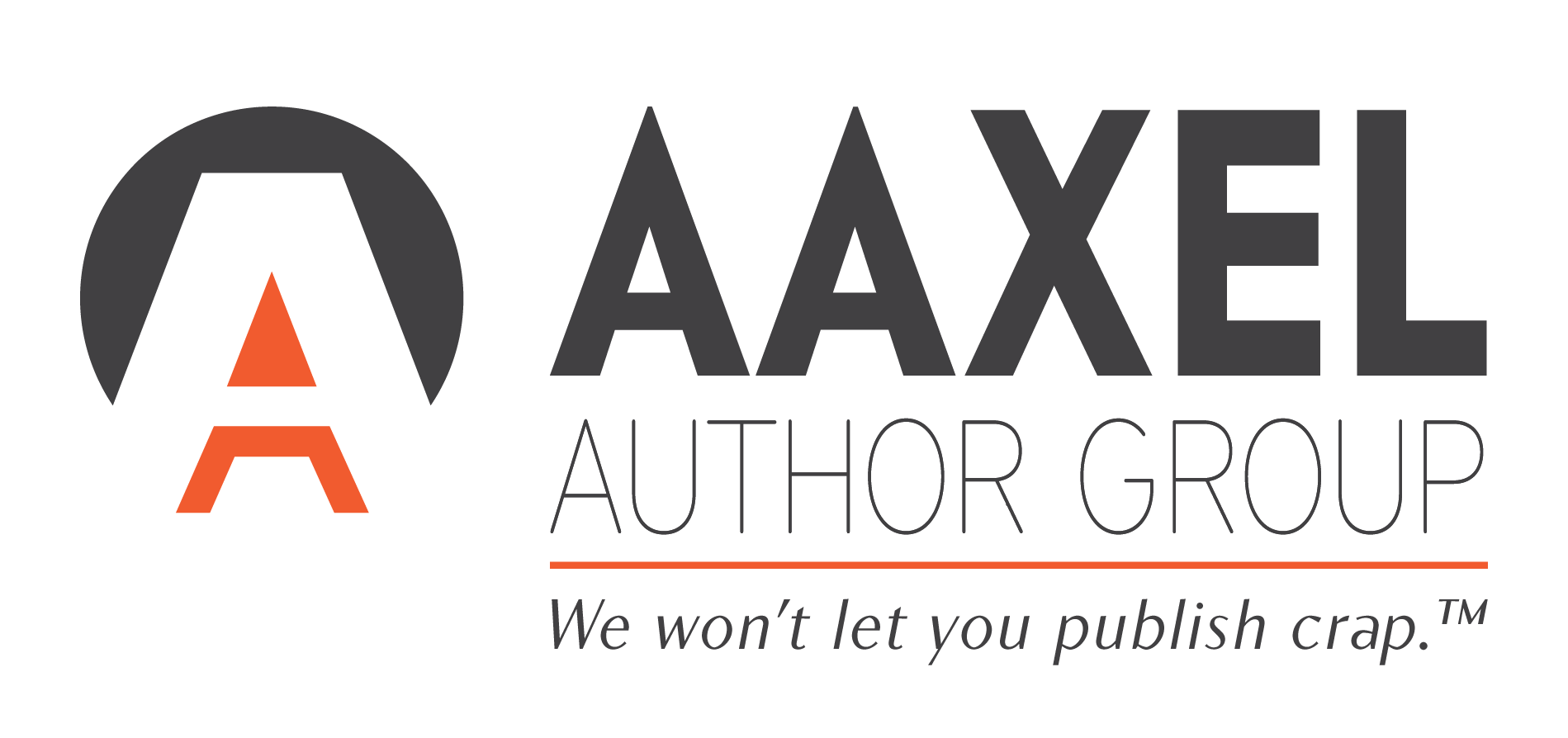Unlocking the Power of Beta Readers:
Your Guide to Harnessing Valuable Feedback
While writing a book can be a solitary experience, at some point, in order for your manuscript to truly reach its potential, you need to share it with others. This is where beta readers step in, providing invaluable feedback that can shape your manuscript into a polished masterpiece. In this blog post, we’ll explore how to effectively use beta readers, guiding you through the process of selecting them, engaging them, and leveraging their feedback to enhance your work.
Step 1: Selecting the Right Beta Readers
Choosing the right beta readers is crucial to obtaining high-quality feedback. Put simply, you want to prioritize individuals who are avid readers of your genre, reflect your target audience and, in the case of non-fiction, possess expertise in your topic. Reach out to fellow writers, writing groups, or online communities where you can find like-minded individuals. Do note, though: it’s not a bad idea to include one or two beta readers that do not perfectly fit your mold. This will help you gauge the broad appeal of your work and identify areas for improvement.
How big should your team of beta readers be? While some people might argue the more the better, we recommend keeping your group small. (You are being selective, after all.) Limit the number of beta readers to a manageable size, typically between 3 to 6 individuals. This way you avoid having to manage a large group of readers and you don’t overwhelm yourself with conflicting feedback.
If you have a friend or relative who is an accomplished amateur, they just might be right for your author photoshoot, but you still want to be selective about who will be behind that camera. Ask for portfolios. If a photographer (even your friend) is adept at taking wildlife shots, that skill doesn’t necessarily translate easily into portrait photography.
Step 2: Setting Clear Expectations
Once you’ve assembled your team of beta readers, it’s important to establish your expectations upfront. Clearly communicate the purpose of their role, the type of feedback you’re seeking, and the timeline for providing their input. Make it clear that honest and constructive criticism is welcome (if not vital!), and emphasize that you are not looking for a book report or the one-line “Good story” feedback. Encourage them to highlight both strengths and weaknesses, focusing on plot, character development, pacing, dialogue, and any inconsistencies they notice. To make the task easier, we suggest you create a feedback form that contains the main questions you want to ask them. Set a deadline for their feedback to ensure a timely response.
Step 3: Receiving and Analyzing Feedback
As the feedback starts rolling in, it’s essential to approach it with an open mind and a willingness to grow. Read through each critique carefully, taking note of recurring comments or suggestions. Look for patterns in the feedback to identify areas where your manuscript may need improvement. Remember, feedback is subjective, and not all suggestions may align with your vision for the story. Evaluate each critique objectively and make informed decisions about which changes to implement.
Variety is so important—wardrobe, body position, backdrop, and facial expressions. The last thing you want is to have to paste the same picture in the same outfit across all your marketing materials.
Step 4: Engaging in Meaningful Discussions
Engaging in follow-up discussions with your beta readers can be immensely beneficial. Seek clarification on their feedback to gain deeper insights into their perspectives. Ask probing questions about specific plot points, character motivations, or any areas you’re uncertain about. Remember, these conversations are an opportunity for you to learn and refine your work further. Use them to brainstorm ideas, test alternative approaches, and challenge your assumptions.
Step 5: Revising and Iterating
After you have gathered a wealth of feedback and engaged in insightful discussions, it’s time to revise your manuscript. Review the comments and suggestions carefully, weighing their impact on your story. Identify areas where changes can enhance your writing and implement them thoughtfully. Keep in mind that not every suggestion needs to be adopted, but each one should be considered with the intention of improving your work.
Beta readers can be invaluable allies in the journey toward a polished manuscript. By carefully selecting the right individuals, setting clear expectations, and engaging in meaningful discussions, you can unlock the power of their feedback to elevate your work to new heights. Remember, constructive criticism is a stepping stone to growth as a writer.
Once you have worked through your manuscript, you might want a second pair of eyes to make sure it’s perfect. That’s where our manuscript evaluations come in. With a full audit of your manuscript and suggestions moving forward, you simply can’t go wrong. If you’re not sure, we offer a promotional price of $47 for a 10-page evaluation. Click here for more information.
Do you have any other questions about editing or publishing your book? Contact us!
